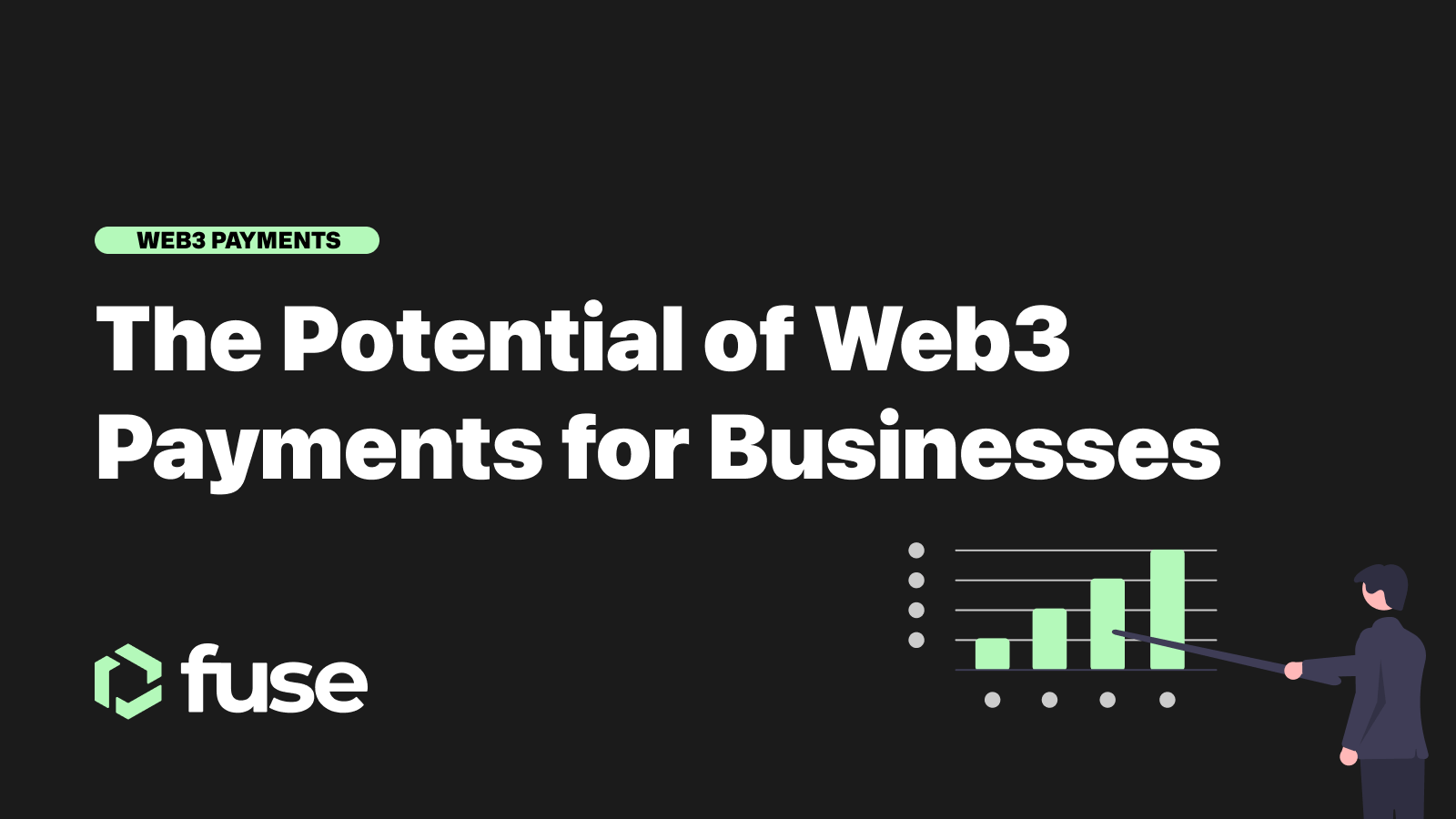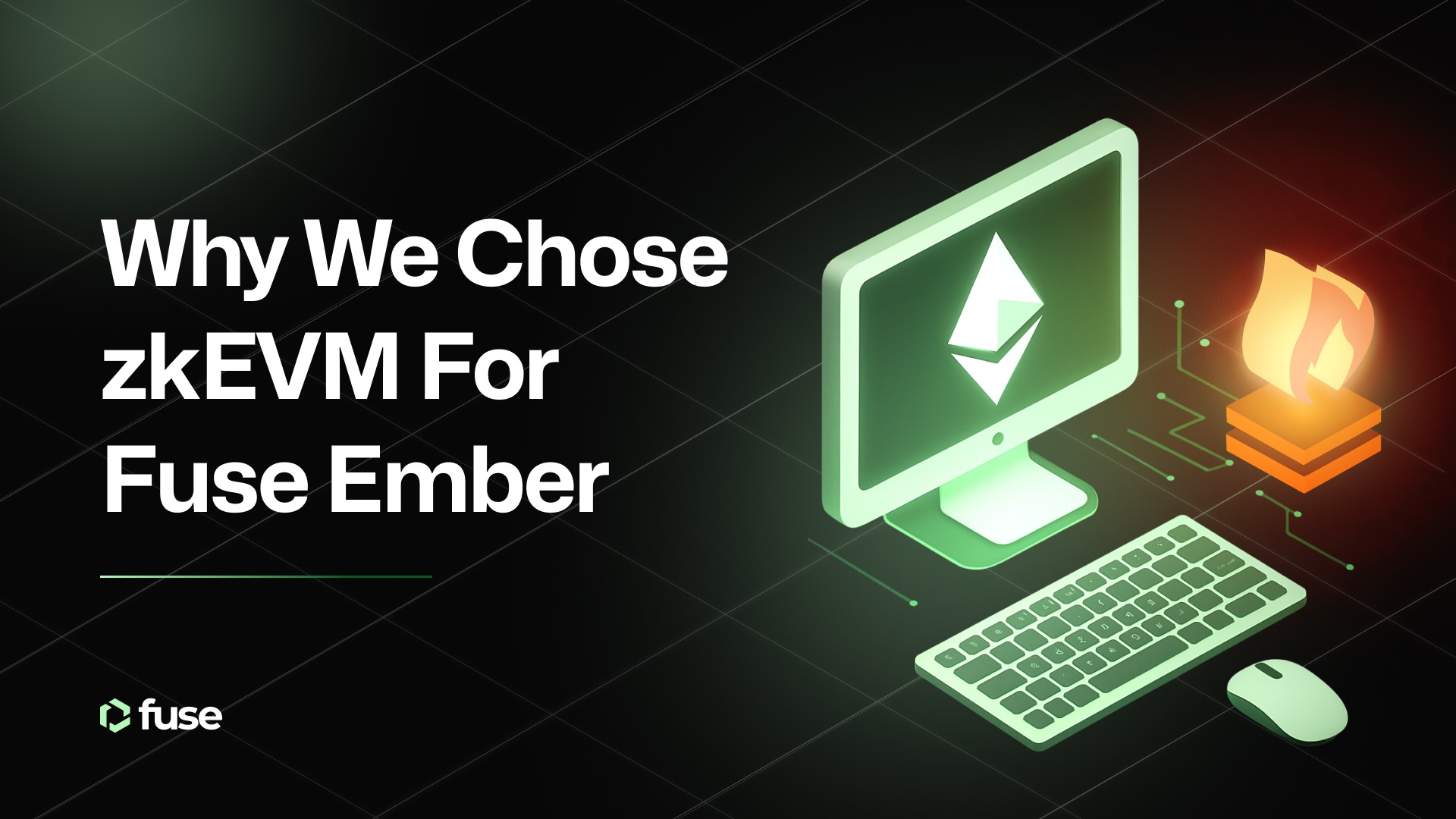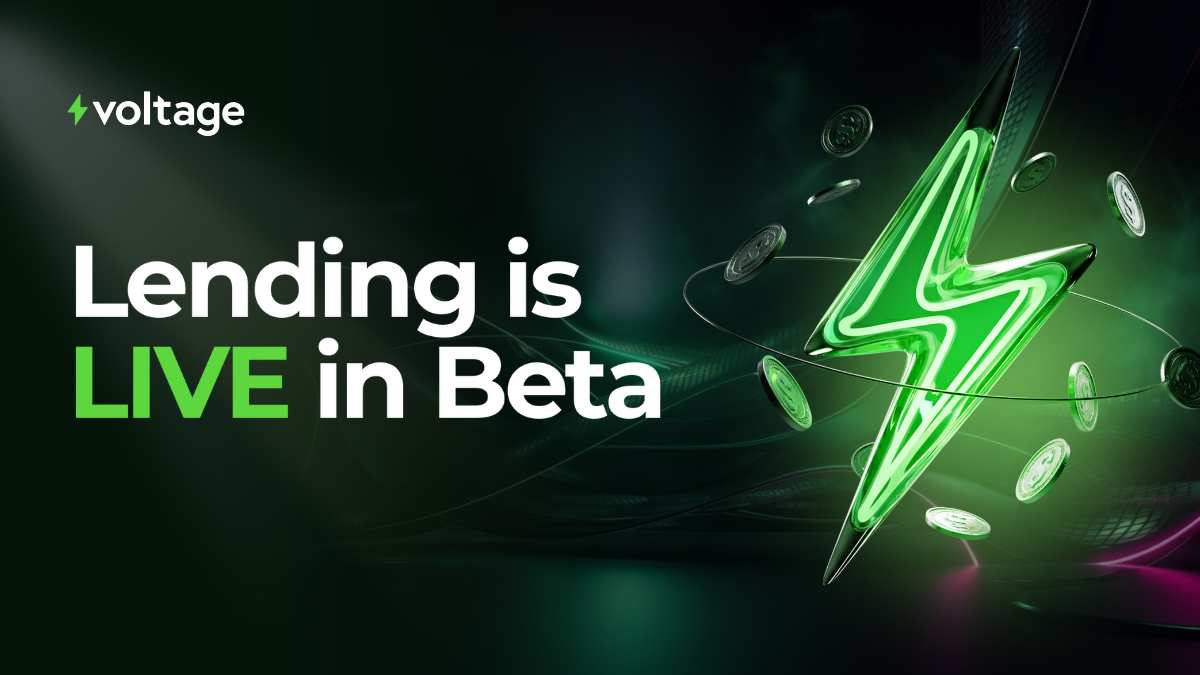Web3 payments can eliminate or reduce transaction fees, allowing businesses to retain a larger revenue share.
The digital revolution, powered by blockchain technology, has ushered in a new era of financial transactions and innovation. At the forefront of this transformation is Web3, a visionary concept that envisions a decentralized internet where individuals regain control over their data and online interactions.
Central to the Web3 vision is the potential to revolutionize payment systems, allowing businesses and individuals to engage in peer-to-peer transactions without relying on intermediaries.
In essence, Web3 technology aims to redefine the internet, creating a more private and functional digital space where individuals have ownership and control over their data. Over the past few years, Web3 has gained significant prominence, with companies gearing up to build the future of the Internet by providing services aligned with this vision.
Unlike conventional payment systems often involving banks and financial intermediaries, Web3 payments operate on smart contracts and cryptocurrencies, enabling direct value exchange between parties. This disintermediation has the potential to dramatically reduce transaction costs and enhance efficiency, particularly for cross-border transactions.

Benefits of Web3 Payments for Businesses
Traditional payment systems are burdened with various fees, including processing and currency conversion costs. Web3 payments can potentially eliminate or significantly reduce these fees, allowing businesses to retain a larger revenue share.
Cryptocurrencies and Web3 technology are inherently borderless, empowering businesses to transact with customers and partners from across the globe, free from the constraints of traditional banking systems. Additionally, conventional financial systems often involve numerous intermediaries, leading to fund transfer and settlement delays. Web3 payments, underpinned by blockchain technology, offer near-instantaneous settlement, thereby improving business cash flow.
Blockchain’s inherent security features and transparent nature can foster trust among transaction parties. This is especially valuable in industries where transaction verification and a solid reputation are paramount.
Challenges and Considerations
Many Web3 payments rely on cryptocurrencies known for their price volatility. This presents a challenge for businesses seeking stable means of value exchange. Using stablecoins, which are pegged to traditional currencies, can partially mitigate this concern.
The regulatory landscape surrounding cryptocurrencies and Web3 technology remains in flux. Businesses must navigate complex and potentially conflicting regulations across different jurisdictions. For Web3 payments to thrive, widespread user adoption of cryptocurrencies and related technologies is imperative. Educating customers and partners about these innovative payment methods can pose a significant hurdle.
Implementing Web3 payment systems demands a certain level of technical expertise. Businesses must invest in developing and maintaining the infrastructure to facilitate these transactions effectively.
Measuring the Feasibility of Web3 Payments for Businesses
Transaction Cost Reduction
A fundamental metric for assessing the feasibility of Web3 payments lies in reducing transaction costs. Businesses should compare the costs associated with traditional payment methods against those incurred with Web3 payments.
Cross-Border Efficiency
Evaluate the speed and ease of conducting cross-border transactions using Web3 payments. Compare this to the challenges and delays experienced with traditional methods.
Customer Adoption Rates
Monitor the number of customers who opt for Web3 payments when given the choice. An increasing adoption rate signifies growing comfort and trust in this novel payment method.
Security Enhancements
Measure the impact of increased security and transparency on the overall risk profile of your business transactions. Consider whether instances of fraud or disputes decrease with Web3 payments.
Operational Efficiency
Assess the time and resources saved in terms of payment processing and reconciliation. A more efficient payment system can positively impact a business’s bottom line.
Summary
Web3 payments promise to transform how businesses conduct transactions, offering benefits such as reduced fees, global reach, and enhanced security. However, navigating volatility, regulations, adoption, and technical implementation challenges is essential.
To determine the feasibility of integrating Web3 payments into their operations, businesses should focus on key metrics, including transaction cost reduction, cross-border efficiency, customer adoption rates, security enhancements, and operational efficiency. As the Web3 ecosystem evolves, staying informed about technological advancements and market trends will be crucial for businesses seeking to maintain competitiveness in the digital economy.
.svg)
.svg)












